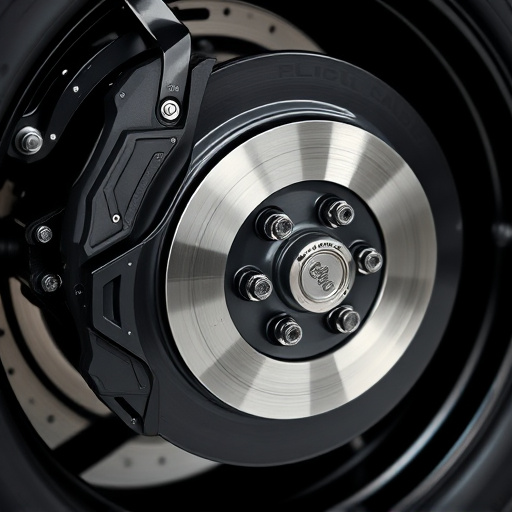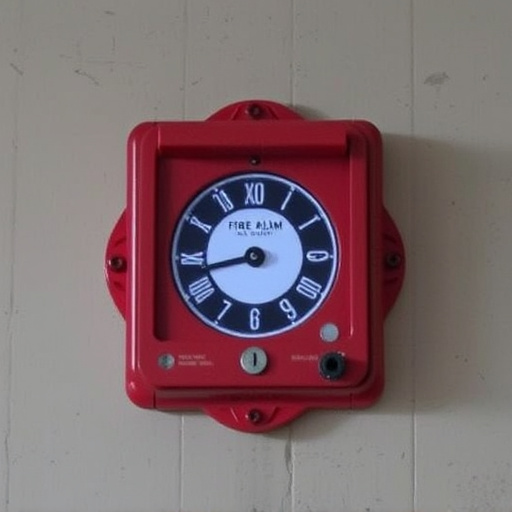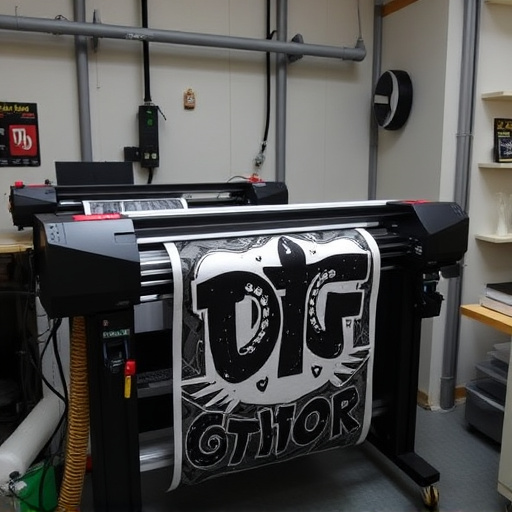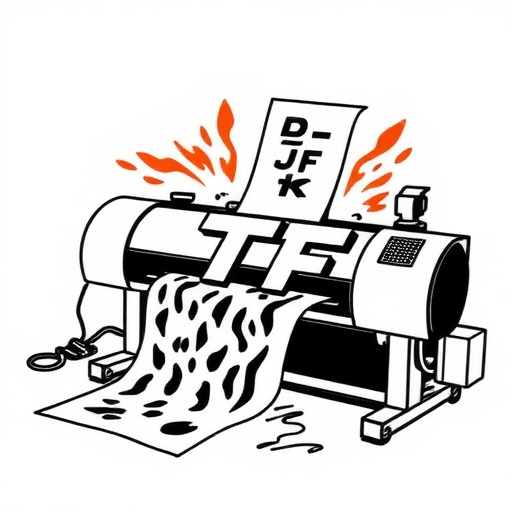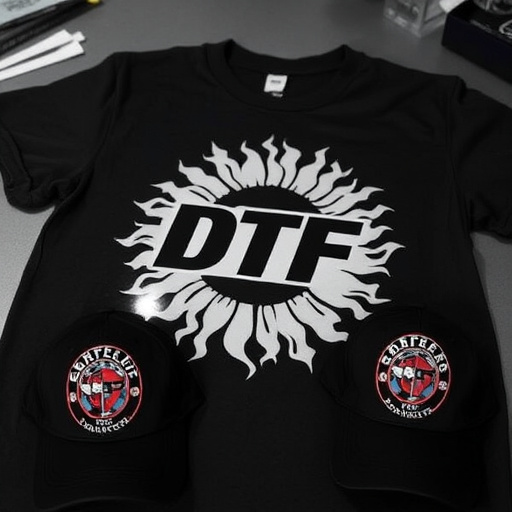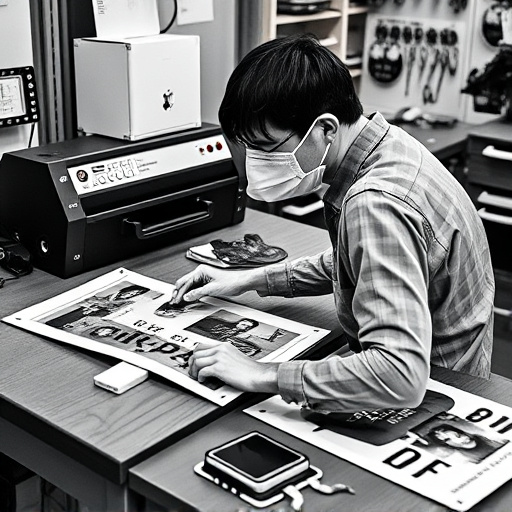DTF Fabric Printing is a modern textile design method using heat press machines to directly apply designs, offering versatility for various products. Consistency requires focusing on film quality, custom sheet preparation, machine calibration, and ink selection. Using high-quality transfer paper, calibrating settings, maintaining a clean workspace, and adhering to manufacturer guidelines ensures consistent print results in custom graphic tees and other DTF products.
Maintain print consistency with DTF (Direct-to-Fabric) fabric printing and create high-quality, vibrant designs every time. This guide breaks down the essentials of DTF printing, from understanding its process to identifying key components for flawless results. We’ll walk you through best practices to ensure consistent outcomes, enabling you to achieve professional-level prints on a variety of fabrics. Discover tips and tricks to master DTF fabric printing.
- Understanding DTF Fabric Printing Basics
- Key Components for Consistent Print Quality
- Best Practices for Maintaining Consistency
Understanding DTF Fabric Printing Basics
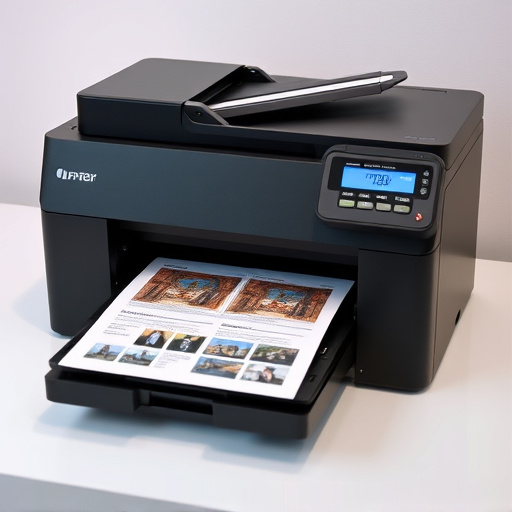
DTF Fabric Printing, or Direct to Fabric Transfer printing, is a cutting-edge method revolutionizing the way we create custom designs on textiles. This innovative process eliminates the need for traditional screen printing setups, making it accessible and efficient for various applications. By using a heat press machine, DTF allows for the direct application of designs onto fabric, enabling the production of high-quality, custom dtf transfers with intricate details and vibrant colors.
This technique has gained popularity among businesses and hobbyists alike due to its versatility. Whether you’re looking to print on t-shirts, hats, or even home decor items, DTF offers a straightforward approach. With its ability to reproduce detailed graphics and textures, it ensures consistent results for brands aiming for a unified visual identity. The process involves preparing your design digitally, applying a special transfer film to the fabric, and then using the heat press to fuse the design onto the material, creating a long-lasting, vibrant print.
Key Components for Consistent Print Quality
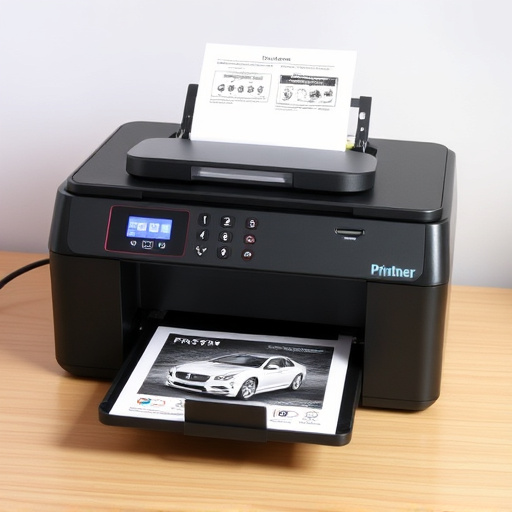
Maintaining print consistency using DTF (Direct-to-Film) fabric printing involves a meticulous focus on several key components. Firstly, the quality of your printing film is paramount. Using high-resolution, precision-cut films ensures that intricate details and vibrant colors are accurately transferred to the garment during the heat pressing process. Secondly, consistent preparation of your custom sheets for heat pressing designs onto garments is crucial. This includes ensuring proper cleaning, precise alignment, and an even application of adhesive to prevent any gaps or misalignments that could affect print quality.
Additionally, the DTF printing machine itself plays a significant role in achieving consistent results. Regular maintenance and calibration ensure that each print is delivered with the same level of precision as the last. Moreover, selecting suitable ink types specifically designed for DTF applications can significantly enhance color accuracy and prevent smudging or fading over time. For those creating DTF for Custom graphic tees or direct to film personalized hoodies, paying attention to these elements will ensure that each product meets high-quality standards.
Best Practices for Maintaining Consistency
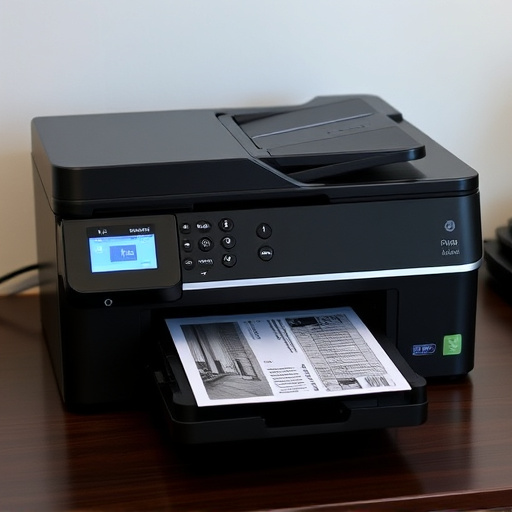
To maintain print consistency using DTF (Direct to Fabric) fabric printing, follow these best practices. Firstly, ensure your DTF heat transfer paper is of high quality and compatible with your printer. Regularly calibrate your printer settings for optimal performance, including temperature and pressure adjustments. Before printing each batch, test a small sample to verify color accuracy and detail retention.
Additionally, keep your work area clean and organized to minimize dust or debris that can affect print quality. Use proper storage methods for your DTF paper to prevent curling or damage. Lastly, regularly maintain and clean your printer according to the manufacturer’s guidelines to ensure long-term consistency in your DTF printing for custom graphic tees.
DTF Fabric Printing offers a powerful method to ensure print consistency across various materials. By understanding the basics, investing in quality components, and adhering to best practices, you can produce vibrant, accurate results every time. This detailed guide has outlined the essential steps to mastering DTF printing, enabling you to create high-quality products with consistent outcomes.


